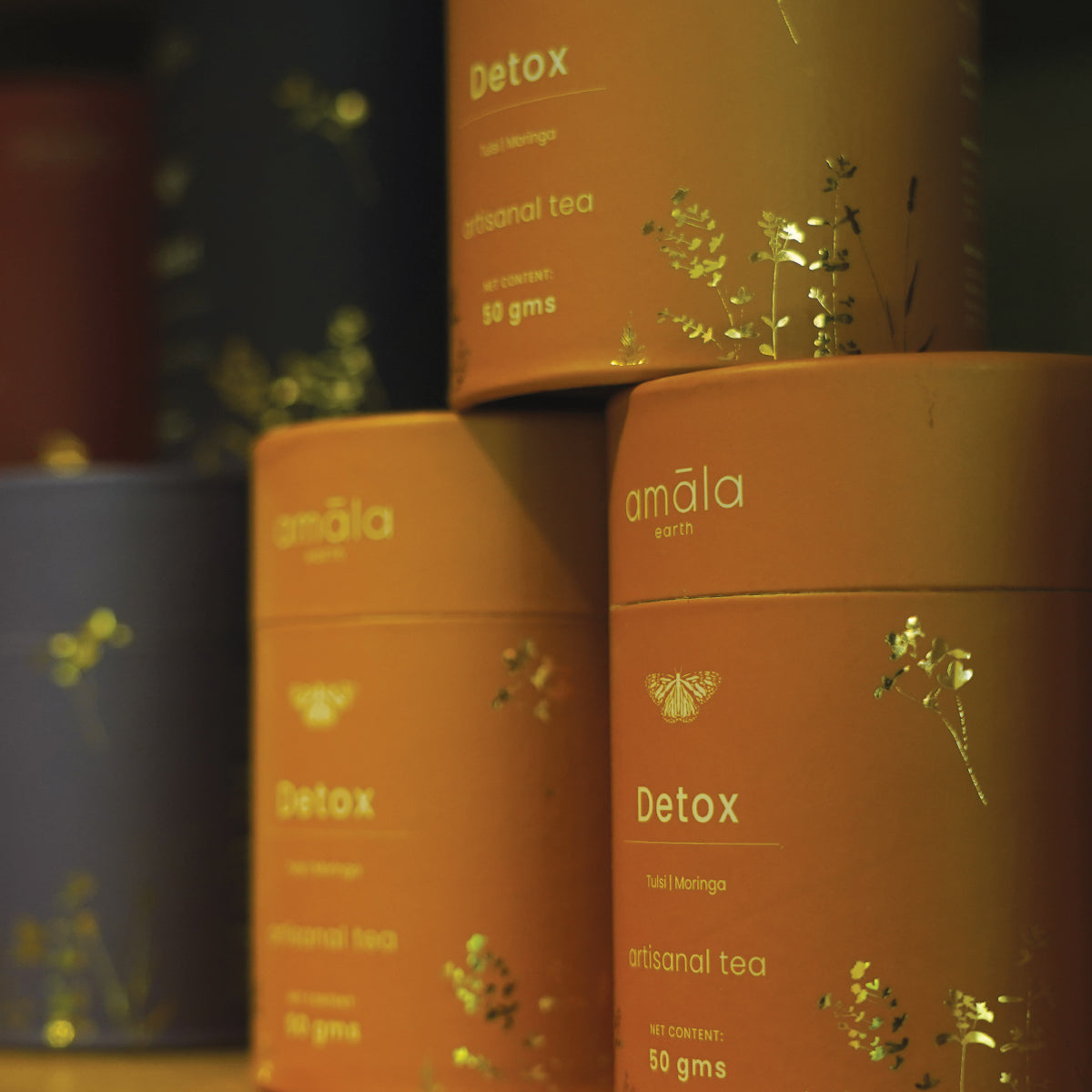Article: What are Wellness Teas? How are They Different?

What are Wellness Teas? How are They Different?
In a fast-paced world where self-care is becoming increasingly essential, wellness teas have emerged as a soothing elixir, offering not only delightful flavors but a myriad of health benefits. From calming herbal blends to invigorating green teas, these beverages go beyond the traditional cuppa, aiming to promote holistic well-being. Let's embark on a journey to explore what wellness teas are and how they differ from your everyday brew.
Understanding Wellness Teas:
Wellness teas, also known as herbal teas or tisanes, are infusions made from a variety of dried herbs, flowers, fruits, and other plant-based ingredients. Unlike traditional teas derived from the Camellia sinensis plant, such as black, green, oolong, and white teas, wellness teas are caffeine-free and often chosen for their therapeutic properties. These teas have been an integral part of traditional medicine and cultural practices for centuries, celebrated for their ability to soothe the mind, body, and spirit.
How Wellness Teas Differ:
- Caffeine Content
Traditional teas like black, green, and white tea contain caffeine, which can be stimulating. In contrast, wellness teas, being caffeine-free, make them an ideal choice for those seeking a calming and relaxing beverage without the stimulating effects of caffeine.
- Therapeutic Properties
Wellness teas are crafted with specific therapeutic intentions. Chamomile and peppermint teas, for instance, are chosen for their calming and digestive properties, while detox teas focus on cleansing and purifying the body. Each herbal infusion brings unique benefits to address various aspects of well-being.
- Ingredient Diversity
While traditional teas derive their distinct flavors from the Camellia sinensis plant, wellness teas boast a diverse array of ingredients. From aromatic herbs like lavender and rosemary to exotic spices like turmeric and cardamom, the ingredient palette of wellness teas is expansive and often reflects cultural, traditional, or medicinal influences.
- Holistic Well-Being
Wellness teas are curated with a holistic approach to well-being. Beyond simply offering a moment of relaxation, these teas are often designed to support various aspects of health, including stress management, digestion, immunity, and even skincare.
- Customization and Blends
The world of wellness teas invites experimentation and customization. Many enthusiasts blend different herbs and spices to create personalized infusions that cater to their specific health needs and taste preferences. This flexibility allows individuals to tailor their tea experience to address their unique well-being goals.
In conclusion, wellness teas represent a harmonious blend of nature's bounty and traditional wisdom, offering a delightful and therapeutic experience in every sip. As individuals increasingly prioritize self-care and mindful consumption, the allure of wellness teas continues to grow. Whether seeking a moment of tranquility, a natural remedy, or a holistic approach to well-being, wellness teas stand out as a flavorful and health-conscious choice, inviting us to savor the serenity of a cup filled with nature's goodness.

